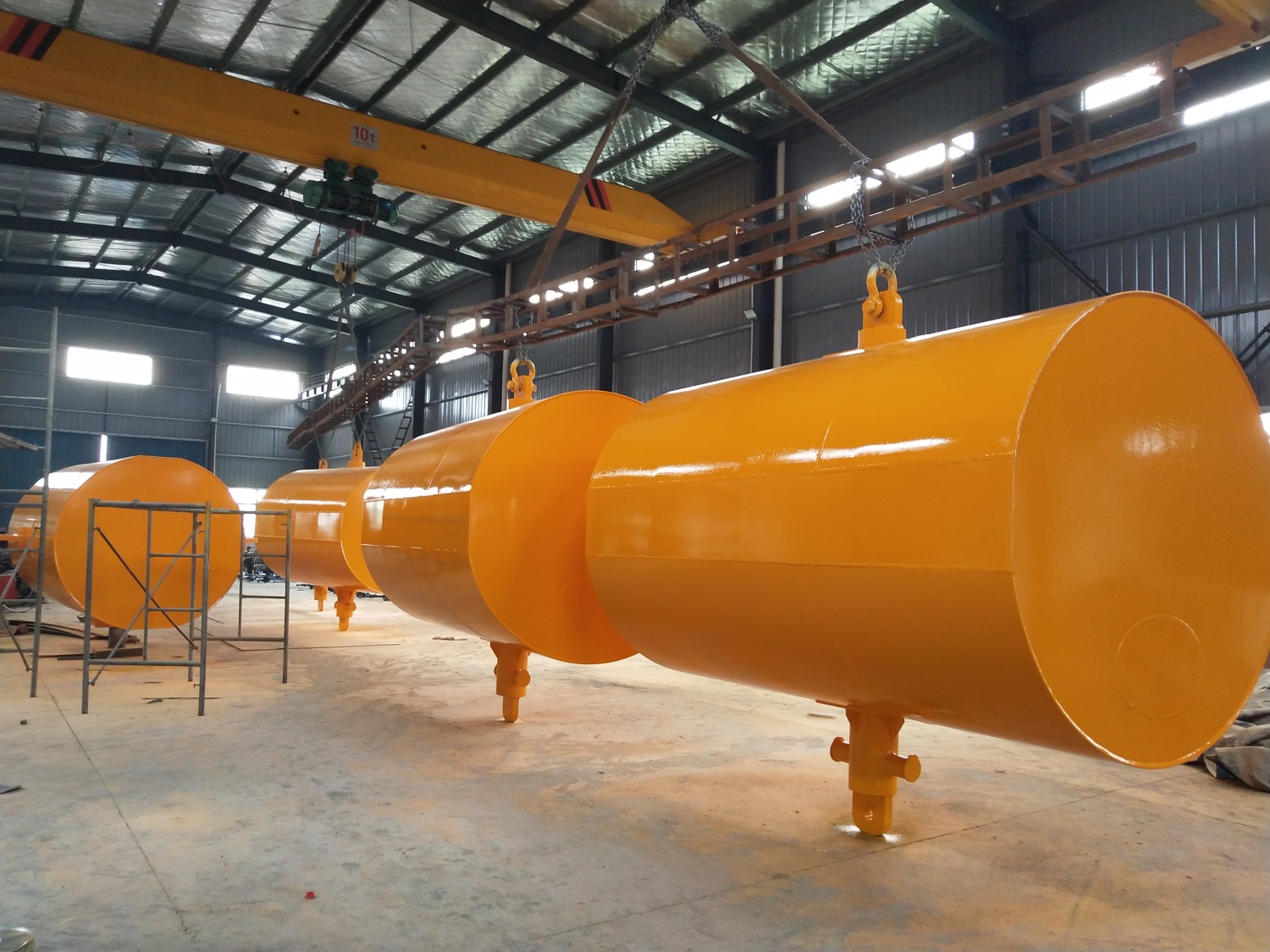Introduction to Mooring Buoy-1
2025-05-23
A mooring buoy is a buoy device fixed in a specific water area, mainly used for ship mooring, positioning of Marine equipment, environmental monitoring or navigation assistance, etc. It is connected to the anchoring device on the seabed through anchor chains or cables to form a stable buoyancy platform, which can maintain a relatively fixed position in wind, waves or currents, providing a safe and reliable mooring point for ships or other equipment.
Structure and Composition
1.Buoy Body
It is usually made of high-density polyethylene (HDPE), steel or fiberglass reinforced plastic, and has the characteristics of corrosion resistance and impact resistance. The floating body is designed as a hollow structure, and the interior can be filled with foam or other buoyancy materials to ensure long-term floating capacity.
2. Mooring Chain or wire rope
The buoy is connected to the seabed anchoring device, and high-strength corrosion-resistant materials (such as galvanized steel chains, nylon ropes or polyester fiber cables) are used. The length is adjusted according to the water depth and tidal range to ensure that the buoy can still work stably in extreme weather.
3. Anchoring System
It includes sunk blocks (concrete blocks), spiral anchors or gravity anchors, etc., which are used to fix the buoy to the seabed. The design needs to take into account the seabed geological conditions (such as sand, rock or silt) to optimize the grip.
4. Auxiliary devices
Navigation signs : Equipped with reflective strips, light signs or radar reflectors for easy identification at night or in bad weather.
Sensor Interface : Some buoys integrate environmental monitoring devices, such as water temperature sensors, water quality analyzers or weather stations.
Anti-collision device : Rubber fenders can be installed around the buoy to reduce damage caused by ship collisions.




